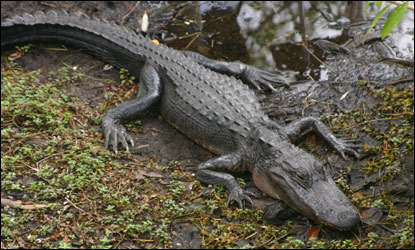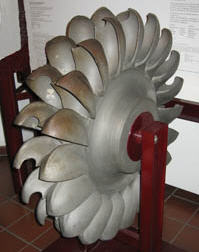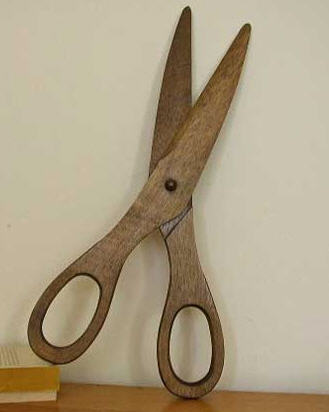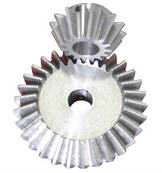

How would would you describe algorithmically what you are doing intuitively for such a task?
How could you instruct a computer to do such a task for you?
What kind of a user interface would you like to see?




How to determine the symmetry group of an object:
Find a maximal-valence rotation axis, make it the z-axis,
go to chart
1,
look for C2 axes perpendicular to it, also for mirror
planes, ...
If you find more than one rotation axis with valence >= 3, go
to chart
2;
5-fold axes ==> icosa/dodeca; 4-fold axes at right
angles ==> cube/octa, ...
the difficult one (for me) is the oriented
double tetrahedron;
the 3 mirror planes transform one (right-handed) tetrahedron
into the other (left-handed) one.
It has oriented icosidodecaheral symmetry; no mirror planes.
-- The simplest possible frieze (==> integer
numbers);
-- The 2D
square;
-- The thick 3D square plate;
-- The octahedron (==> see plexiglass model).
==> Find all symmetry operations; determine the size of the
group; check for the for required properties to make this a
group:
Tetrahedron, cube (hexahedron), octahedron, dodecahedron,
icosahedron.
(could you explain to a high-school student why there are
exactly (and only) five Platonic Solids ?
Due: Feb. 25, 2013
Think about how you would extract
structural or approximate symmetry from "almost symmetrical"
objects such as those:


How would would you describe
algorithmically what you are doing intuitively for such a
task?
How could you instruct a computer to do such a task
for you?
What kind of a user interface would you like to see?
Postponed till March 4, 2013